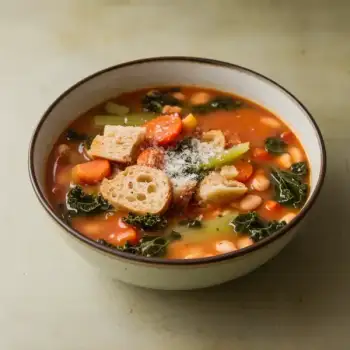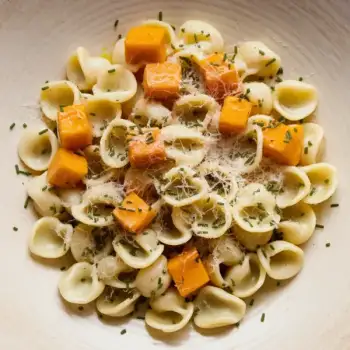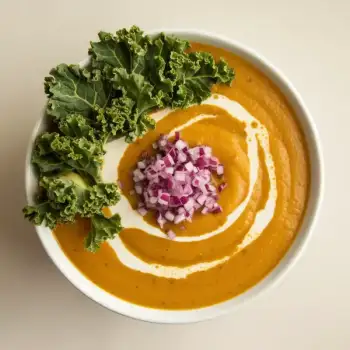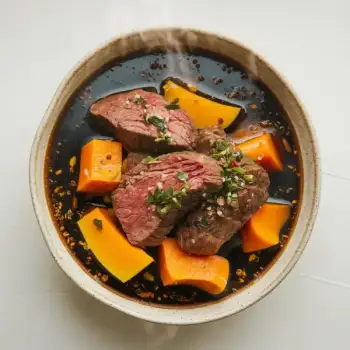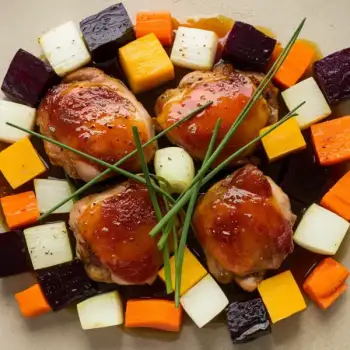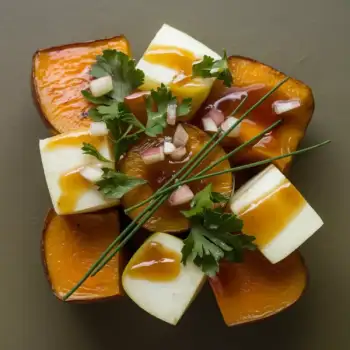


Fresh
Butternut squash is commonly found fresh in the produce section, either whole or pre-cut into cubes or slices for convenience.
Canned
Canned butternut squash is less common but can be found in some stores, usually already pureed and sometimes sweetened.
Frozen
Pre-cut and frozen butternut squash is a time-saver, ready to be roasted, steamed, or added to stews without the need for peeling and chopping.
Pureed
Pureed butternut squash is available in cans or vacuum-sealed packages, often used for soups, baking, or as a baby food.




canned butternut squash: Libby's
frozen butternut squash: Birds Eye
pureed butternut squash: Farmer's Market Foods

Pureeing: Butternut squash is often boiled or steamed until soft and then pureed. This technique is perfect for creating smooth soups, fillings for ravioli, or as a base for sauces. The key is to cook the squash until it's fork-tender before blending to achieve a silky texture.
Roasting: Roasting butternut squash caramelizes its natural sugars, enhancing its sweetness and depth of flavor. Cut the squash into cubes or slices, toss with oil and seasoning, and roast at 400°F (200°C) until tender and golden, typically 25-30 minutes.
Sautéing: For a quick preparation, sauté cubed butternut squash in oil or butter over medium-high heat. This method allows the squash to develop a nice exterior color while becoming tender. It's ideal for adding to pastas or grain bowls.




